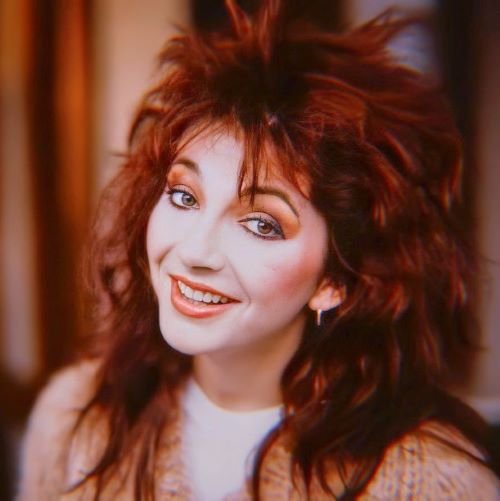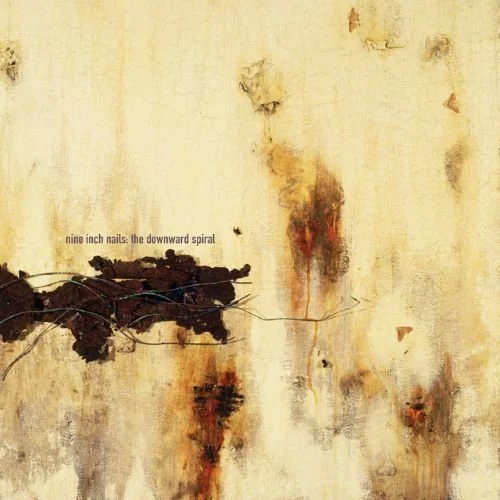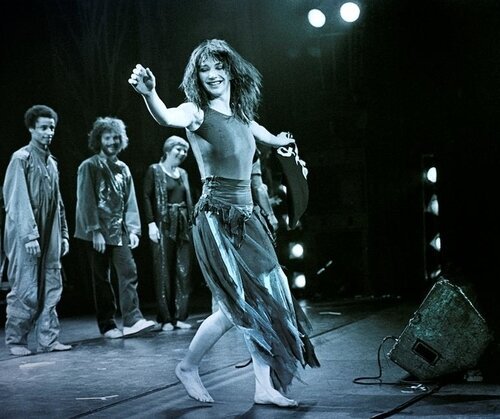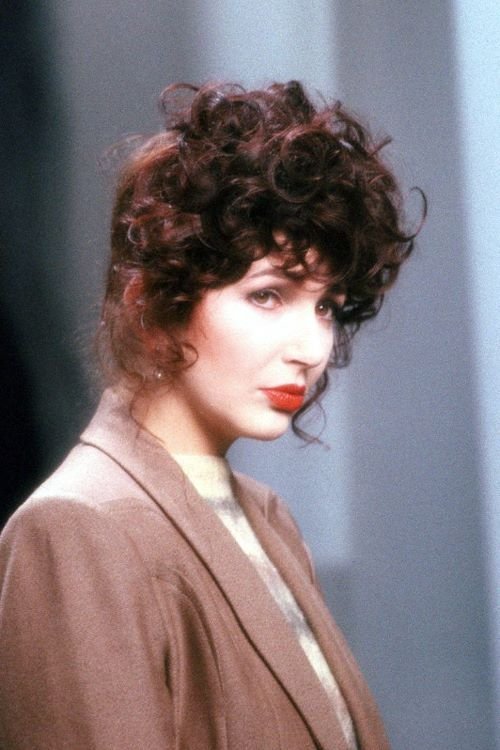IN THIS PHOTO: Charlie Puth
Can you tell me how you got started in photography? Was music photography the medium you always wanted to work in, or did it evolve through time?
I was working a corporate job up until 2018 in the entertainment sector, and I was so burnt out working for someone else, so I picked up the hobby of photography and started taking photos of my friends for fun. Photography was a hobby until it wasn’t anymore. My early success gave me the backbone to quit my 9-5 and start my own company. Before I could take a breath, I had moved out of my small town in South Florida to start my career in L.A. I always say working for myself is destiny because my initials are CEO. I am so grateful for all of the people in my life who pushed me into my creative career, because without it, I would still be working the same unfulfilling 9-5 in a cubicle the size of a closet.
I was drawn to music and theatre because those are the two things I love the most in life. I feel very lucky that I get to capture photos of some of my all-time favorite artists - I never take a day in this industry for granted.
“I think it’s important to raise up other women. It feels like for every woman in this industry, there are 5 men”
You work in an industry still male-dominated, yet you have an all-female creative team. How important is that, and do you think attitudes towards female photographers are changing in terms of recognising their importance?
I think it’s important to raise up other women. It feels like for every woman in this industry, there are 5 men. Though it feels like things are changing for the better. For example, last night at the Grammys, a female artist won in every single category in the main telecast. Seeing things like that happen gives me such hope as a woman.
What advice would you give to female photographers coming through who want to make it in the industry?
Treating people well trumps talent any time. The entertainment industry is a marathon, not a sprint. Don’t burn any bridges – you never know when you’ll need to cross that river.
Are there any other photography queens in the industry we need to follow and check out?
My personal favorite music photographer, and one of my closest friends, is Ashley Osborn.
She never misses; her work is outrageous and she is the kindest soul out there. I am lucky to call her a friend and an inspiration.
“Los Angeles holds so much history...there are so many stories that you can continue to tell here”
Having photographed incredible artists like Olivia Rodrigo, how does the collaborative process go? How do these artists come to your attention, and is there a lot of feedback/input from artists in terms of the shots?
Most artists hire me because my photography has a specific vibe. I feel I am brought onto projects that artists not only want me to shoot, but also creative direct. For the most part, all of my shoots I creative direct or at least have an input in the direction of the shoot. I like to be in controlled environments when photographing artists. I run a full production company with my cousin Paulina, we produce and direct the majority of our shoots in house together, family style! My background is in producing, as it’s what I studied in college, so I have a really good grip on the business aspect of photography that ensures all of my productions run super smoothly.





























































